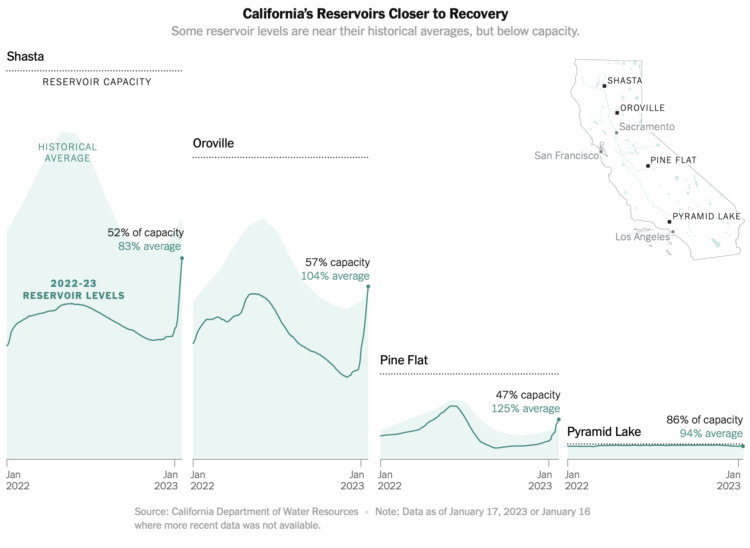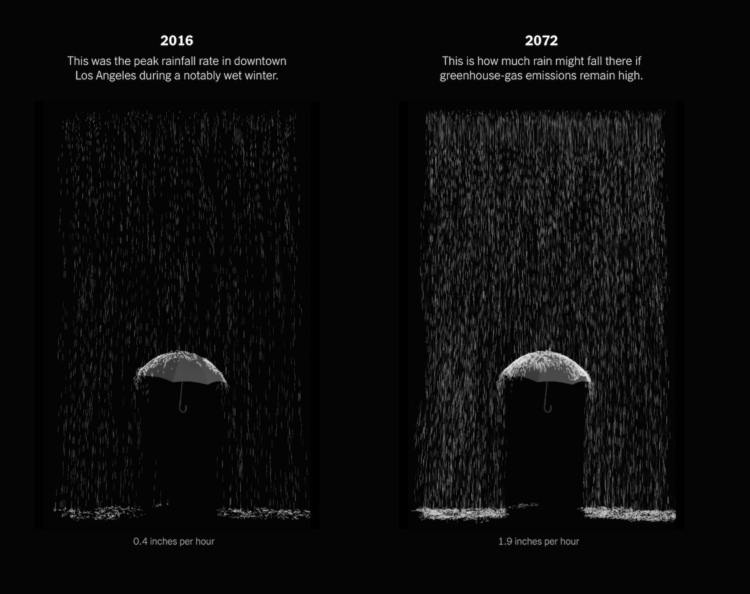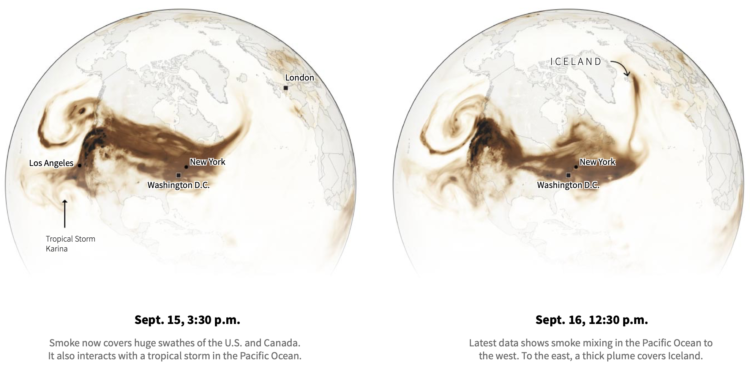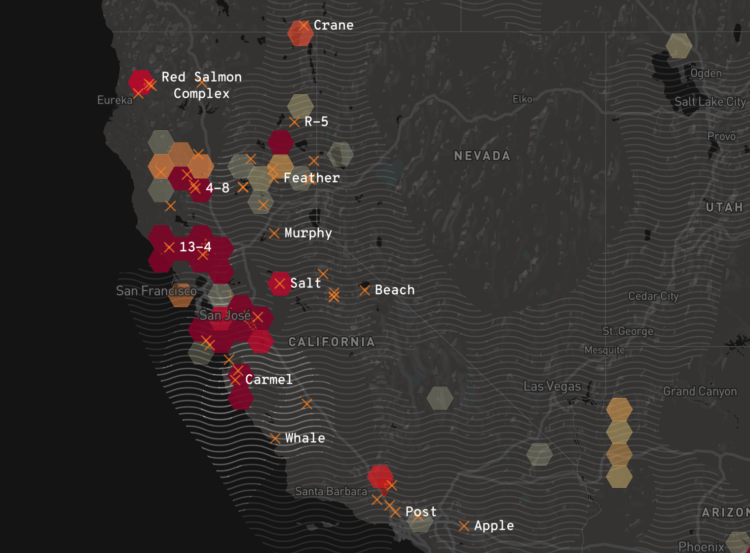It’s been raining a lot here in California, which is helpful, because most of the state has been in severe drought for the past few years. However, the current aging systems can only capture so much of the rainwater, which means we’re still in a drought. For Reuters, Clare Trainor and Minami Funakoshi use a combo heatmap and area plot to show drought severity over the years.
Tags: California, drought, Reuters









